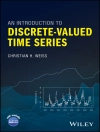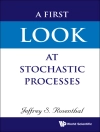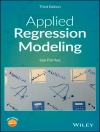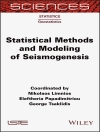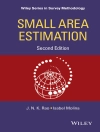Standard methods for estimating empirical models in economics and many other fields rely on strong assumptions about functional forms and the distributions of unobserved random variables. Often, it is assumed that functions of interest are linear or that unobserved random variables are normally distributed. Such assumptions simplify estimation and statistical inference but are rarely justified by economic theory or other a priori considerations. Inference based on convenient but incorrect assumptions about functional forms and distributions can be highly misleading. Nonparametric and semiparametric statistical methods provide a way to reduce the strength of the assumptions required for estimation and inference, thereby reducing the opportunities for obtaining misleading results. These methods are applicable to a wide variety of estimation problems in empirical economics and other fields, and they are being used in applied research with increasing frequency.
The literature on nonparametric and semiparametric estimation is large and highly technical. This book presents the main ideas underlying a variety of nonparametric and semiparametric methods. It is accessible to graduate students and applied researchers who are familiar with econometric and statistical theory at the level taught in graduate-level courses in leading universities. The book emphasizes ideas instead of technical details and provides as intuitive an exposition as possible. Empirical examples illustrate the methods that are presented.
This book updates and greatly expands the author’s previous book on semiparametric methods in econometrics. Nearly half of the material is new.
Cuprins
Single-Index Models.- Nonparametric Additive Models and Semiparametric Partially Linear Models.- Binary-Response Models.- Statistical Inverse Problems.- Transformation Models.







